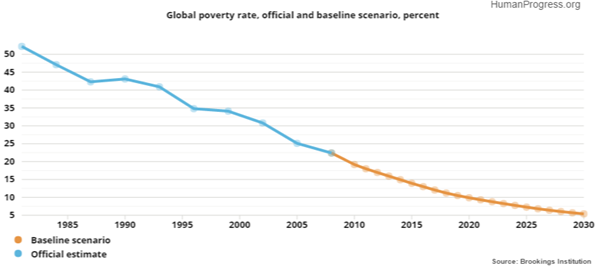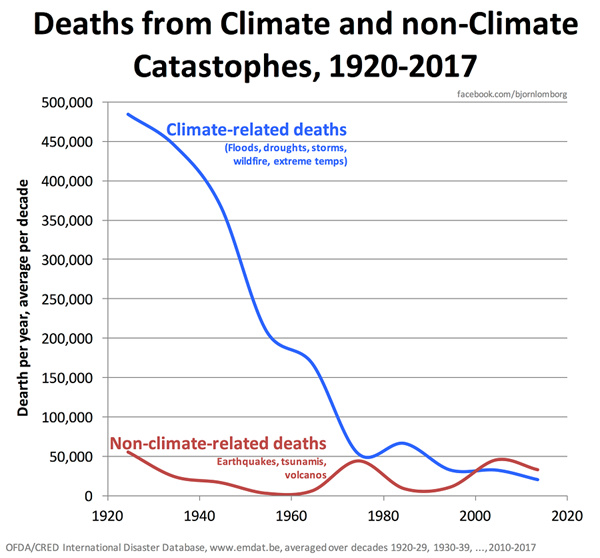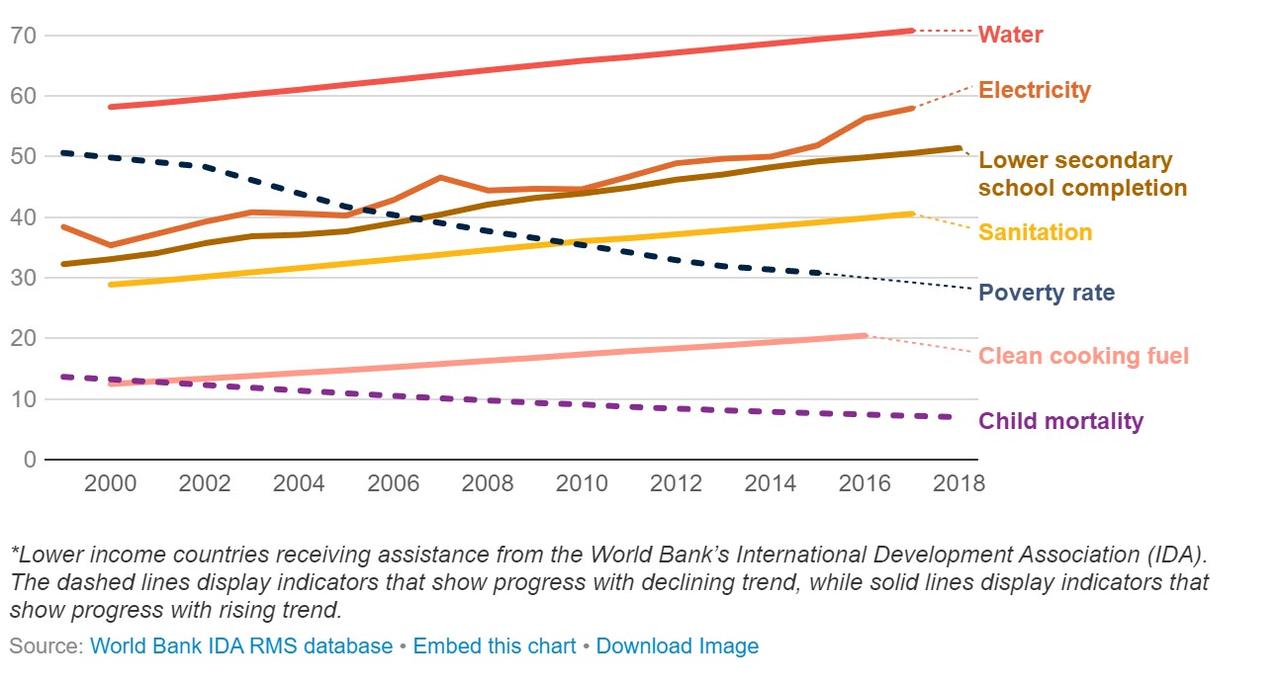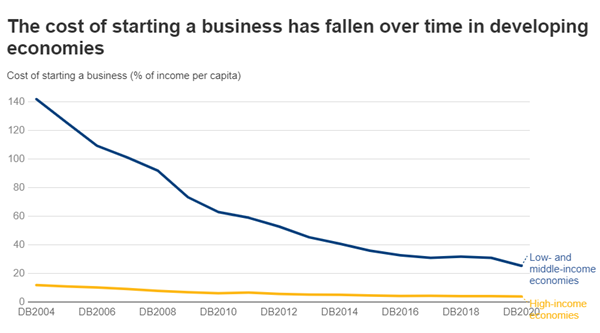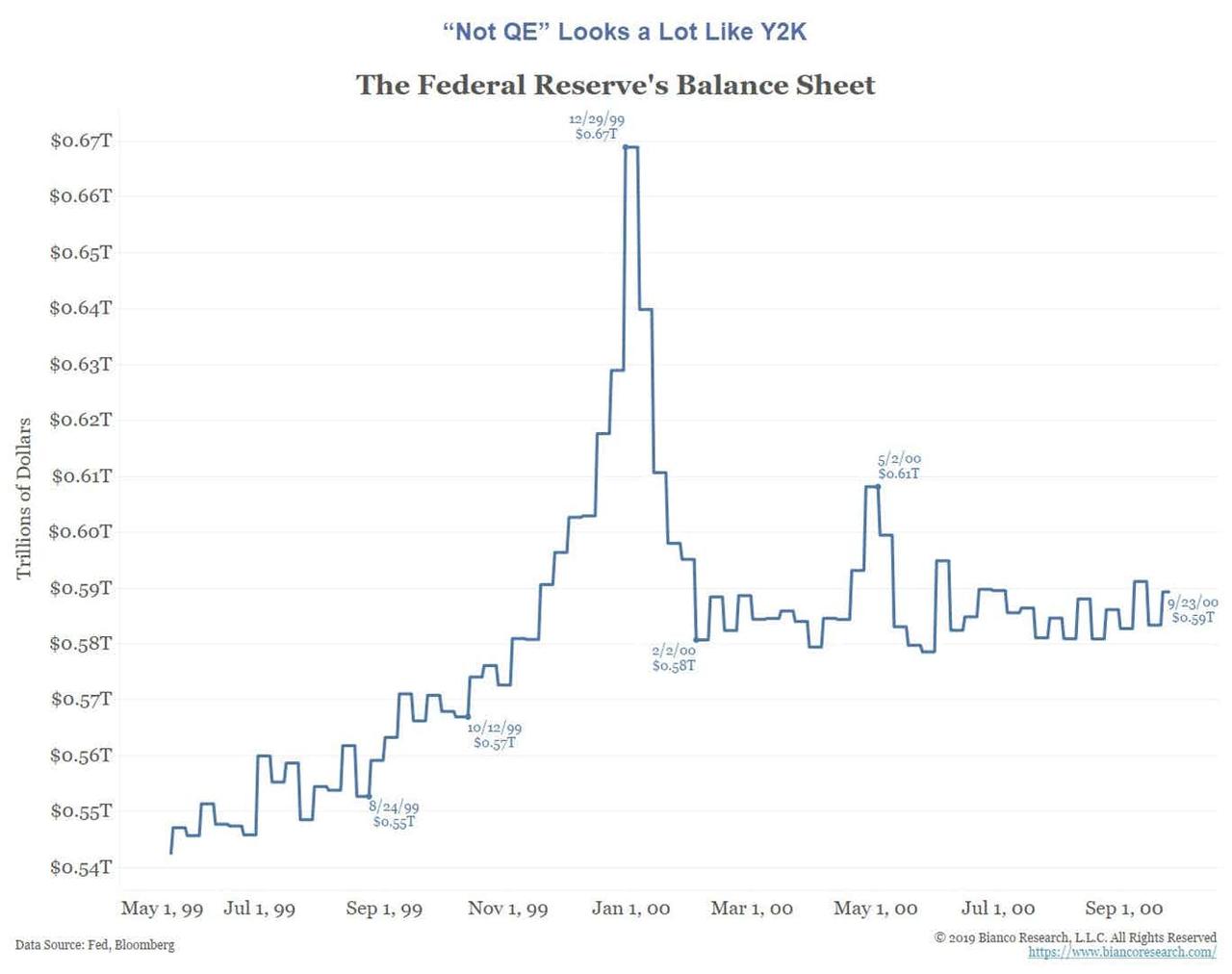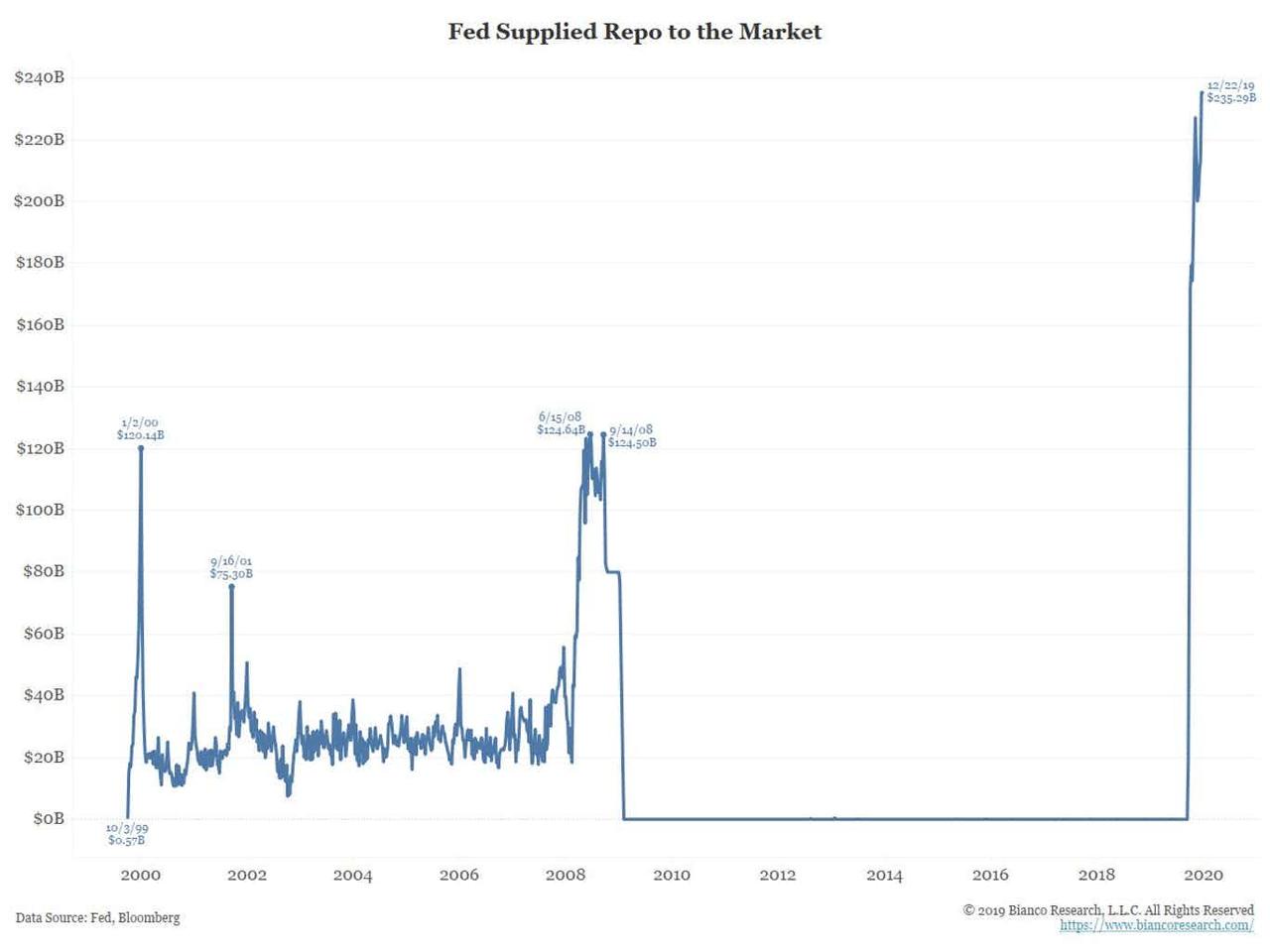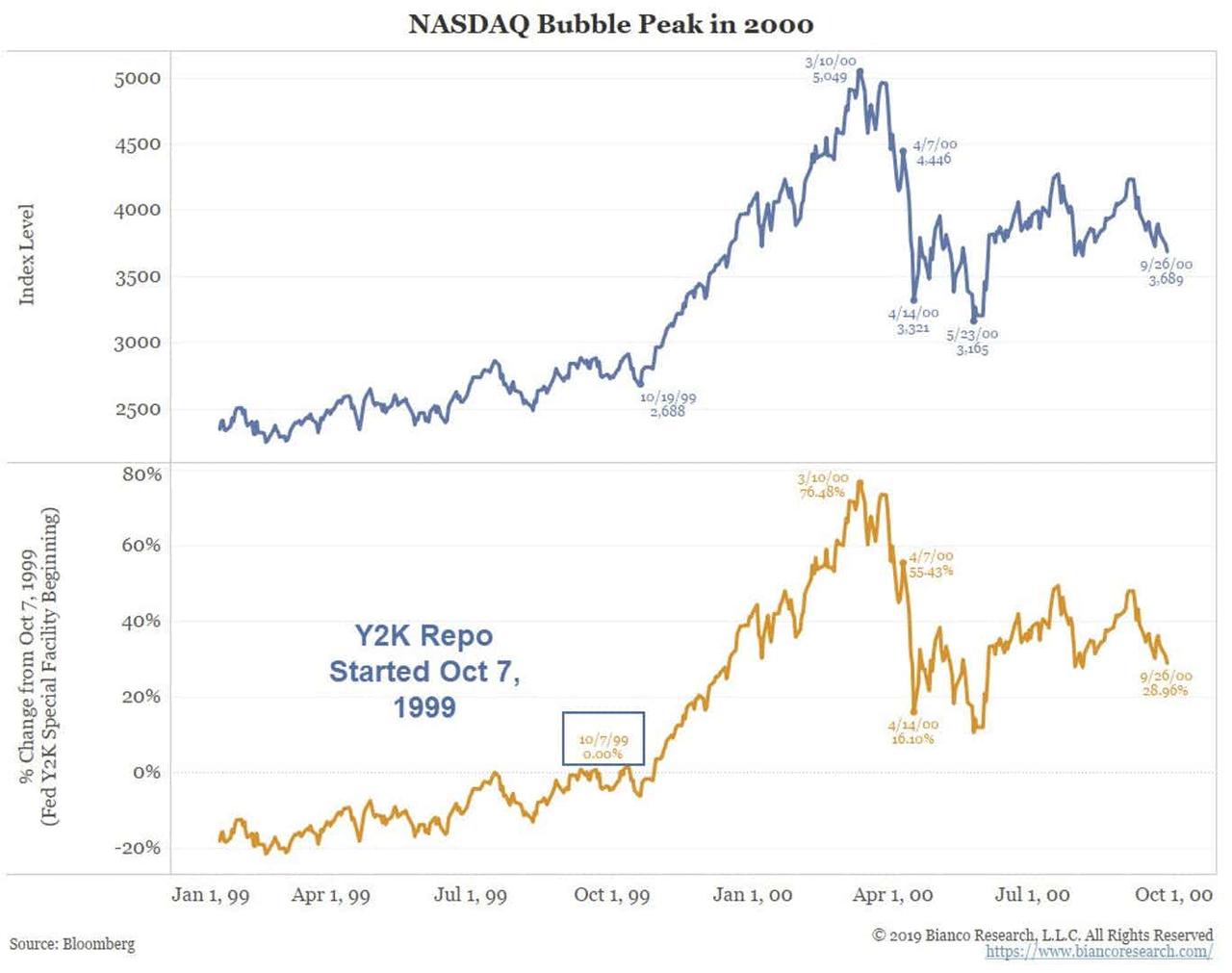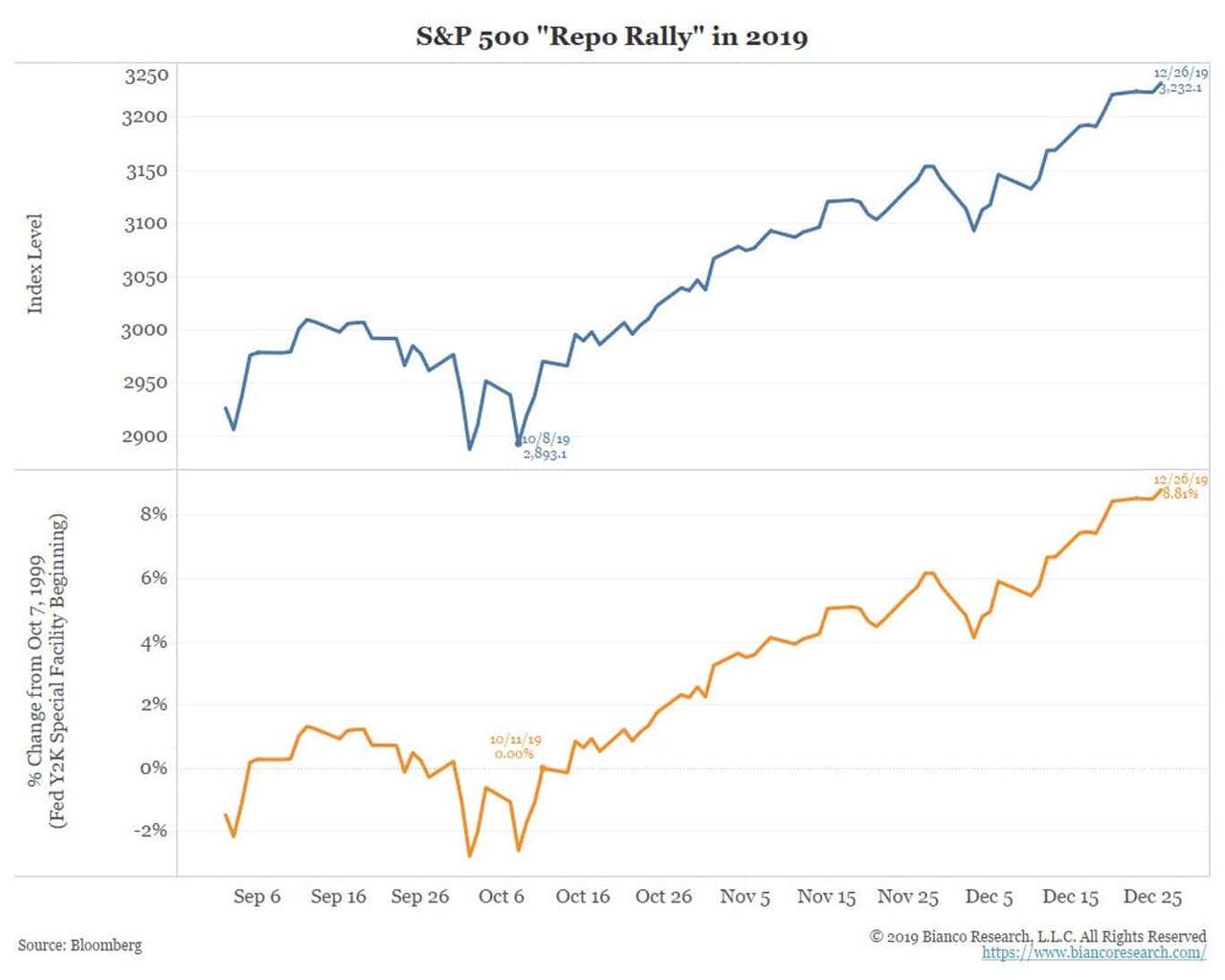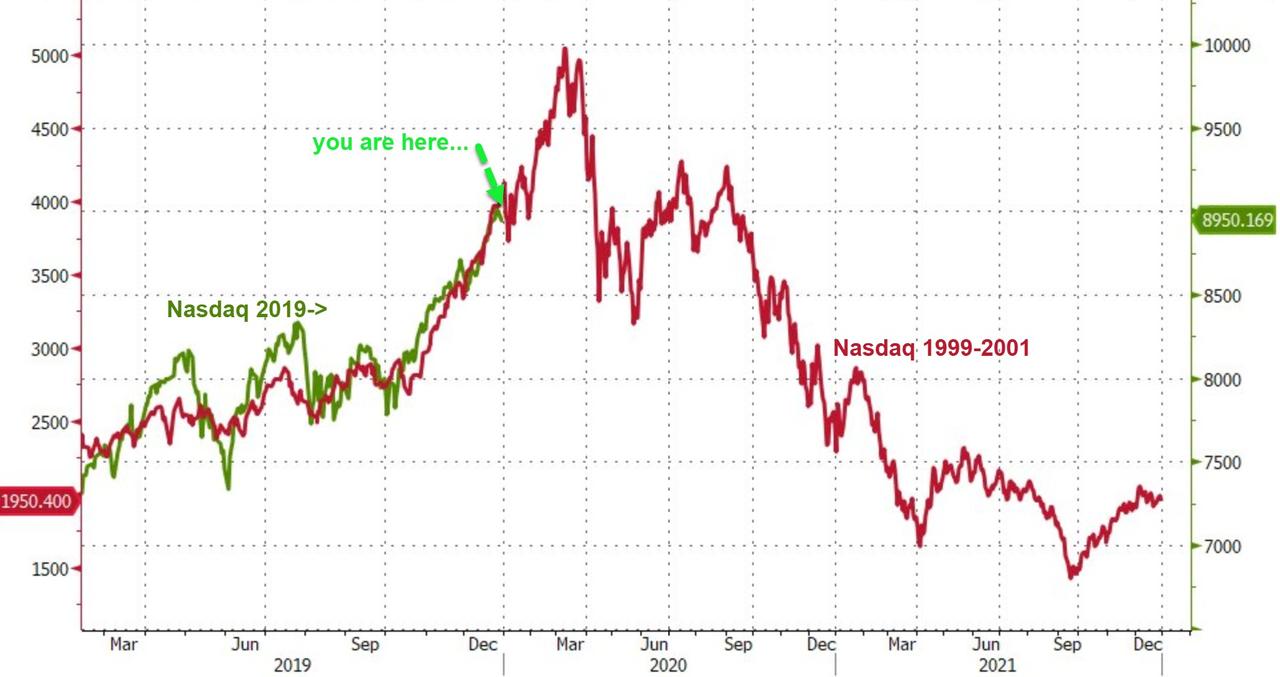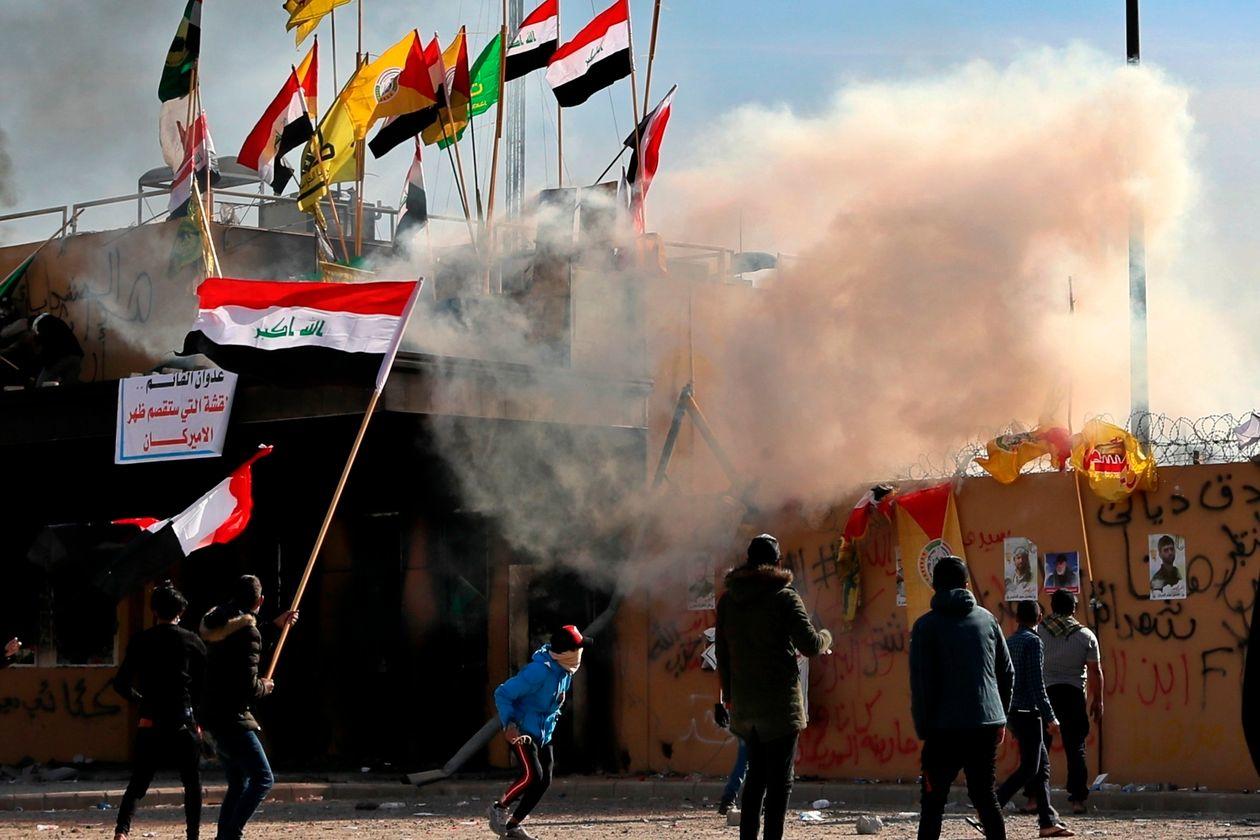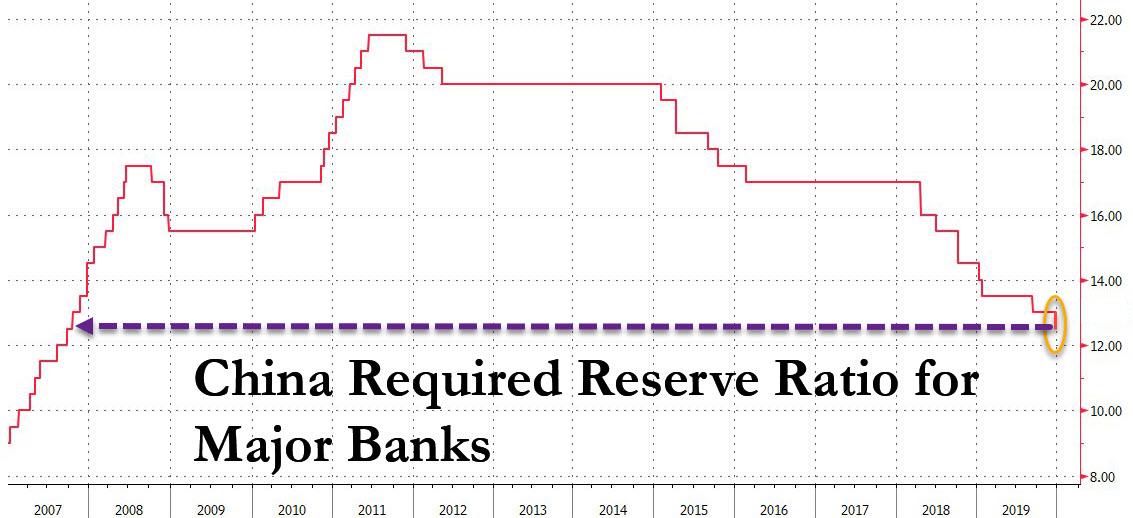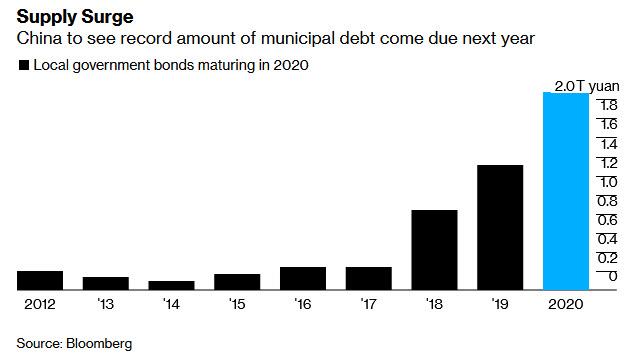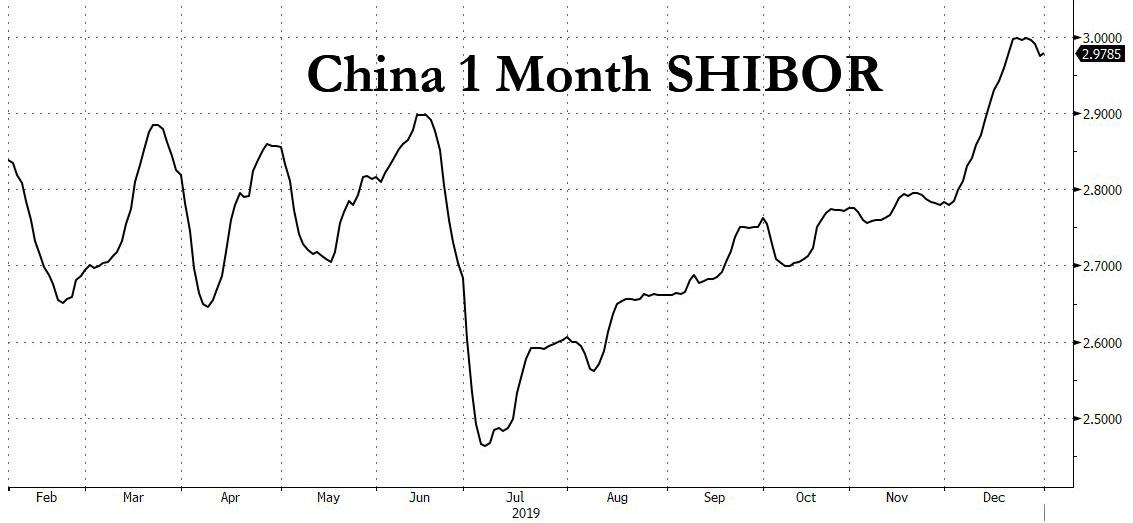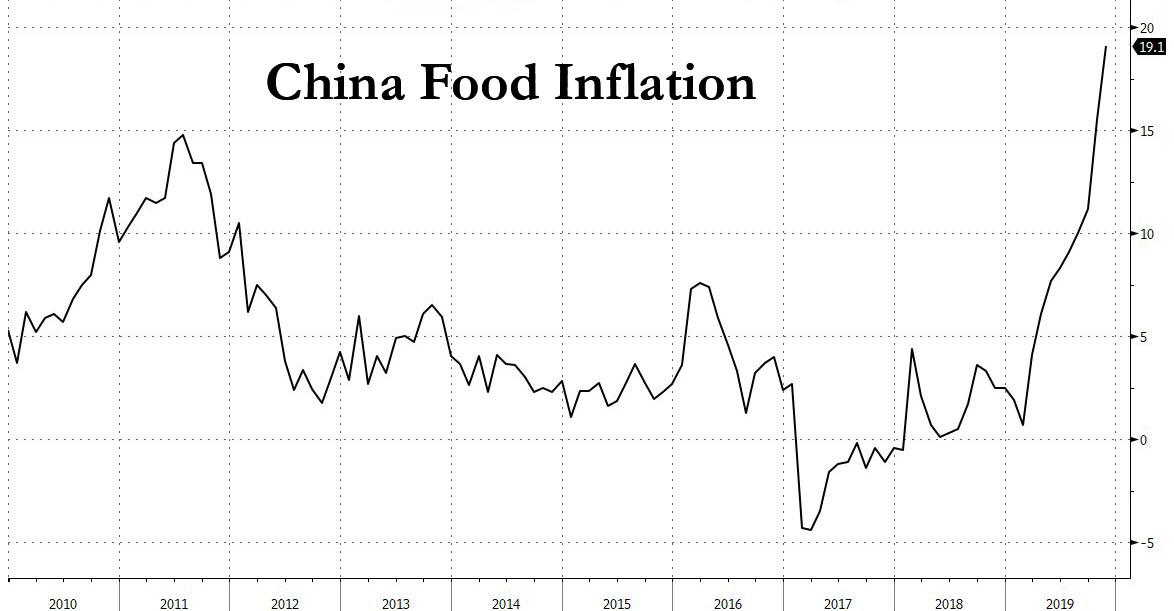An Embarrassed Pope Francis Apologizes After Angrily Slapping Woman Who Grabbed Him
A stunning and unusual incident played out as cameras rolled while Pope Francis greeted the crowd in St. Peter’s Square ahead of New Year’s Eve celebrations.
A visibly shocked and angry Pope Francis is seen frantically slapping a woman’s hand after she lunged from the crowd to grab his hand and yank the pontiff toward her.
Disgruntled Pope Francis pulls himself free from a woman’s clutch in Vatican City https://t.co/2nap3R0iQ4 pic.twitter.com/f87A9belnn
— Reuters (@Reuters) December 31, 2019
The Pope’s Swiss Guard, which is a papal ‘secret service’ protection unit of sorts, does not appear nearby at the moment the bizarre incident went down. The Pope walks away visibly flustered and angry.
According to Reuters, Pope Francis had been making a visit to the large traditional Nativity scene at the center of St. Peter’s sprawling esplanade. As is customary, he was greeting and blessing some of the pilgrims along the way, and that’s when all hell broke loose:
After reaching out to touch a child, the pope turned away from the crowd only for a nearby woman to seize his hand and pull her toward him. The abrupt gesture appeared to cause him pain and Francis swiftly wrenched his hand free.
The woman had made the sign of the cross as the pope had approached. It was not clear what she was saying as she subsequently tugged him toward her.
The video immediately went viral once it hit the web, with conflicting reactions as Francis’ supporters were relieved he survived the apparently crazed or deeply in-need woman’s violent grasp, while others took the 83-year old bishop of Rome to task for what appeared to be him hitting back.
Predictably, the contentious hot takes analyzing the tense encounter began inundating the web:
Pope John Paul II met with the man who shot him and nearly killed him, held his hand, and prayed with him. Pope Francis slapped a woman for grabbing his hand. Two different people.
— John of Westeros (@JohnofWesteros) December 31, 2019
The clip shows him angrily slapping her hand until she releases her grip.
WATCH: Pope Francis was greeting people in St. Peter’s Square on New Year’s Eve when he had to pull himself away from a woman who grabbed the Pope’s hand and pulled him toward her. pic.twitter.com/eeafEU6mGi
— CBS Newspath (@cbsnewspath) December 31, 2019
An embarrassed Pope issued a public apology the next day for his angry reaction.
The New York Times described that he “apologized on Wednesday for the flash of anger — or self-defense — that he exhibited while greeting the faithful around the Vatican’s giant Nativity scene after a New Year’s Eve liturgy the evening before.”
“Many times we lose our patience,” Francis said. “I do, too, and I’m sorry for yesterday’s bad example.”
Regardless, it was a rare moment in which a flash of rage was captured by cameras on the part of the man propped up by the media as “the people’s Pope”.
Tyler Durden
Wed, 01/01/2020 – 12:30
via ZeroHedge News https://ift.tt/2ub1Gj1 Tyler Durden


